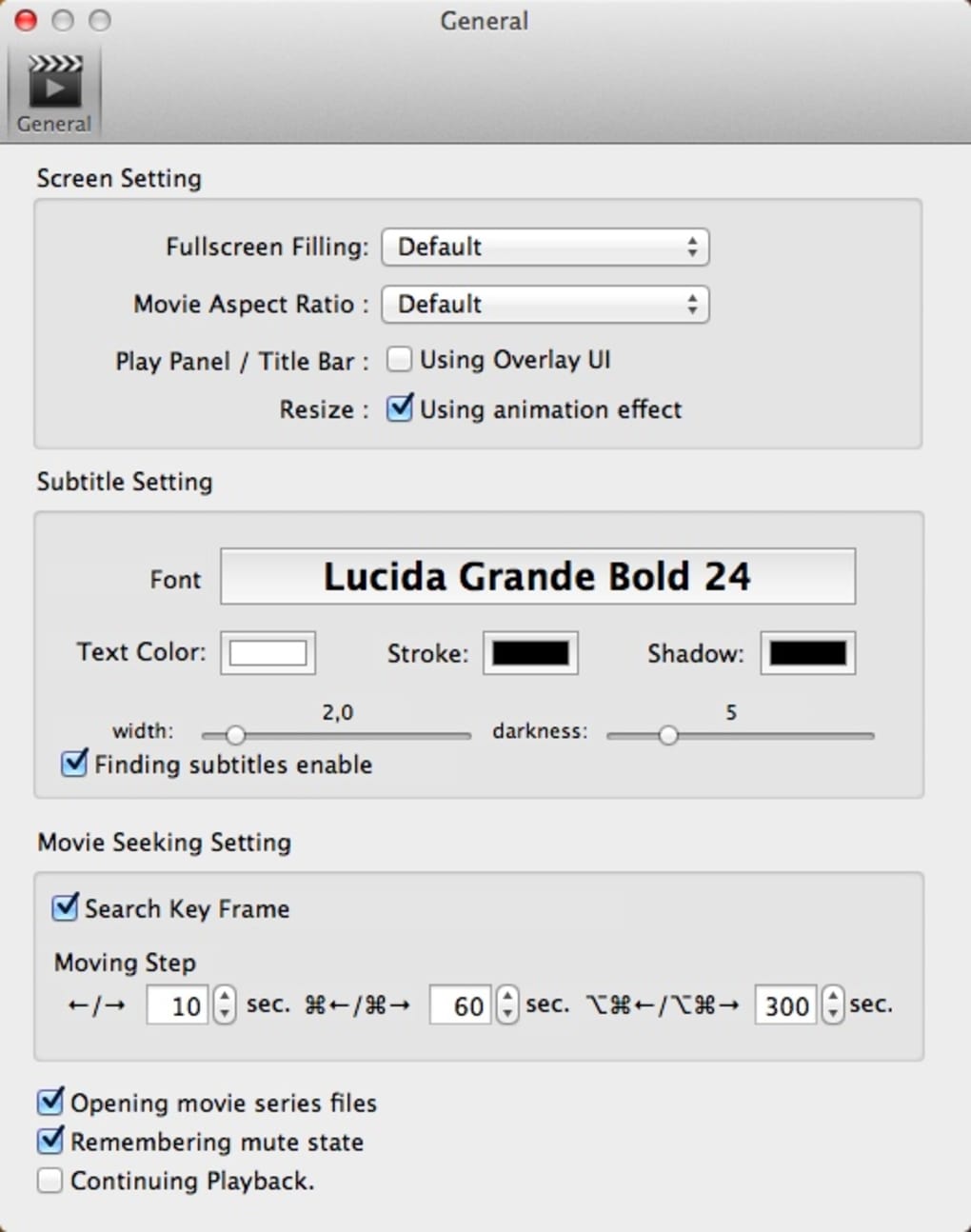Core Player Powerpc Downloads
среда 19 декабря admin 19
Kilocore 1025: a CPU with a single PowerPC core and 1024 processing element (8 bit, 125 MHz) cores (unreleased). This CPU is designed for running security and multimedia applications (with parallel processing) on portable game devices and media players. This page provides free downloads of all current Adobe Web players. For best results, first. Mac OS (PowerPC), Internet Explorer/Safari/Netscape. Full Installer.
IBM PowerPC 601 microprocessor PowerPC (with the Performance Optimization With Enhanced RISC – Performance Computing, sometimes abbreviated as PPC) is a (RISC) (ISA) created by the 1991 –– alliance, known as. PowerPC, as an evolving instruction set, has since 2006 been named, while the old name lives on as a for some implementations of -based processors.
PowerPC was the cornerstone of AIM's and initiatives in the 1990s. Originally intended for, the architecture is well known for being used by Apple's,,,, and lines from 1994 until 2006, when. It has since become a niche in personal computers, but remains popular for and high-performance processors. Its use in video game consoles and embedded applications provided an array of uses. In addition, PowerPC CPUs are still used in and third party personal computers. PowerPC is largely based on IBM's earlier, and retains a high level of compatibility with it; the architectures have remained close enough that the same programs and will run on both if some care is taken in preparation; newer chips in the use the Power ISA.
Contents • • • • • • • • • • • • • • • • • • • • • History [ ] The history of RISC began with IBM's research project, on which was the lead developer, where he developed the concepts of in 1975–78. 801-based microprocessors were used in a number of IBM embedded products, eventually becoming the 16-register processor used in the. The RT PC was a rapid design implementing the RISC architecture. Between the years of 1982–1984, IBM started a project to build the fastest microprocessor on the market; this new architecture became referred to as the America Project throughout its development cycle, which lasted for approximately 5–6 years. The result is the, introduced with the in early 1990. The, one of the first RISC implementations, is a high performance, multi-chip design. IBM soon realized that a single-chip microprocessor was needed in order to scale its RS/6000 line from lower-end to high-end machines.
Work began on a one-chip POWER microprocessor, designated the RSC (). In early 1991, IBM realized its design could potentially become a high-volume microprocessor used across the industry. Prikaz mz rb 622 ot 23052012 po tuberkulezu number.
Apple and Motorola involvement [ ] Apple had already realized the limitations and risks of its dependency upon a single CPU vendor at a time when Motorola was falling behind on delivering the 68040 CPU. Furthermore, Apple had conducted its own research and made an experimental quad-core CPU design called Aquarius,: 86-90 which convinced the company's technology leadership that the future of computing was in the RISC methodology.: 287-288 IBM approached Apple with the goal of collaborating on the development of a family of single-chip microprocessors based on the POWER architecture.
Soon after, Apple, being one of Motorola's largest customers of desktop-class microprocessors, asked Motorola to join the discussions due to their long relationship, Motorola having had more extensive experience with manufacturing high-volume microprocessors than IBM, and to form a second source for the microprocessors. This three-way collaboration between Apple, IBM, and Motorola became known as the. In 1991, the PowerPC was just one facet of a larger alliance among these three companies.
At the time, most of the personal computer industry was shipping systems based on the Intel 80386 and 80486 chips, which have a (CISC) architecture, and development of the processor was well underway. The PowerPC chip was one of several joint ventures involving the three alliance members, in their efforts to counter the growing Microsoft-Intel dominance of personal computing. For Motorola, POWER looked like an unbelievable deal. It allowed the company to sell a widely tested and powerful RISC CPU for little design cash on its own part. It also maintained ties with an important customer, Apple, and seemed to offer the possibility of adding IBM too, which might buy smaller versions from Motorola instead of making its own. At this point Motorola already had its own RISC design in the form of the, which was doing poorly in the market. Motorola was doing well with its family and the majority of the funding was focused on this.
The 88000 effort was somewhat starved for resources. The 88000 was already in production, however; was shipping 88000 machines and Apple already had 88000 prototype machines running. The 88000 had also achieved a number of embedded design wins in telecom applications. If the new POWER one-chip version could be made bus-compatible at a hardware level with the 88000, that would allow both Apple and Motorola to bring machines to market far faster since they would not have to redesign their board architecture.
